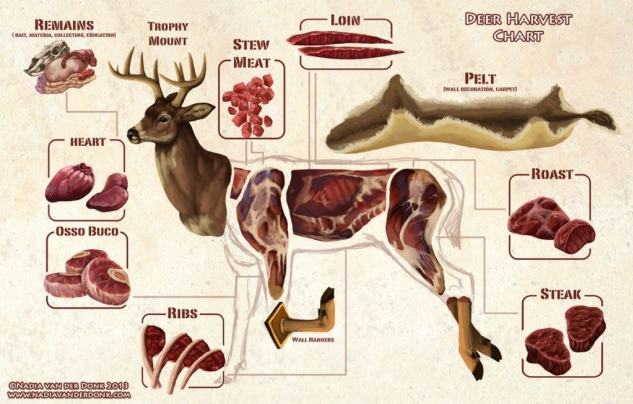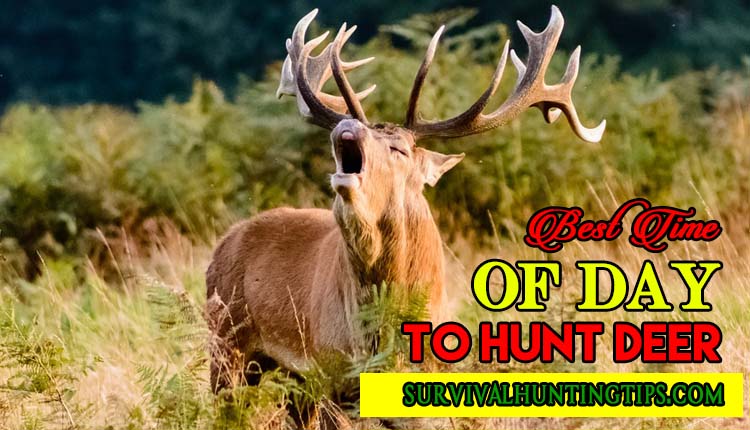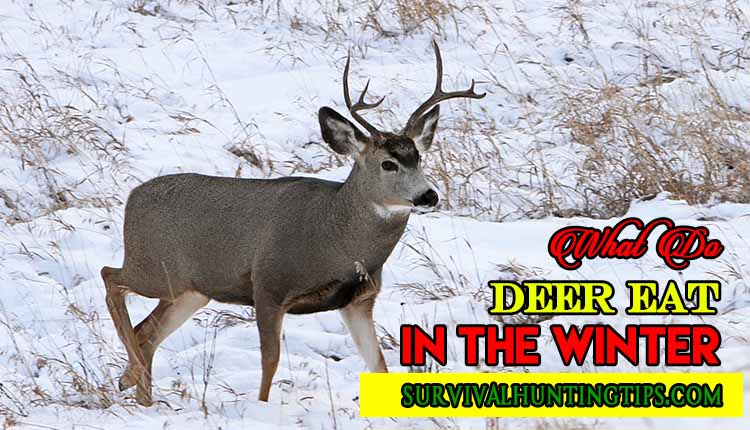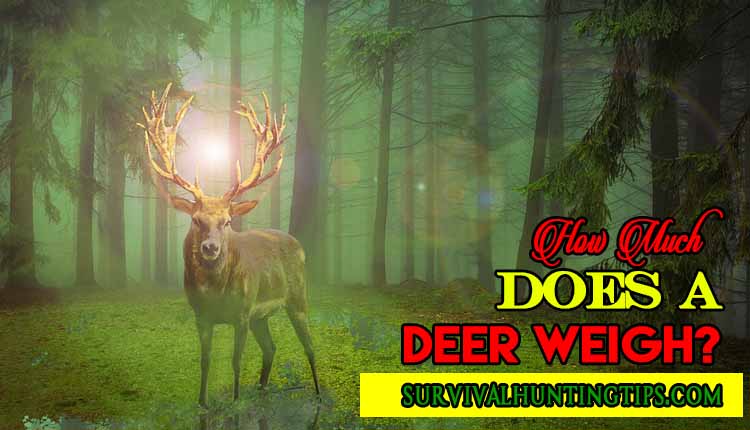Deer meat, popularly known as venison, is a delicacy that many cherish all over the globe. The cuisines that you can make using venison have a unique texture and taste, making this meat one of the most in-demand categories in the food industry. Experienced hunters process the deer meat in the spot of collapse and others take it to a butcher to get the most venison out of the carcass.
So exactly How Much Meat Do You Get From A Deer? It depends on various factors starting from the technique and loyalty of the butcher to the area of bullet impact. In case you did not take a clear shot and the bullet hit the fleshy region of the body, the final quantity of venison you will derive from the carcass may differ. In order to take the perfect shot, you can use rubber boots designed for hunting to avoid creating any noises that can tip off the deer. For better spotting and aiming, you can use standard scopes for precision.
Table of Contents
Calculate Accurately Determine How Much Meat Do You Get From A Deer?

It is the question of many hunters and venison enthusiasts. It requires a detailed explanation so as to better understand it. Studies show that around 40-50% of the total weight of carcass is the quantity of venison you can get from a butcher which can fluctuate depending on the skills of the butcher. Well researched formulas help in accurately estimating the quantity of venison that can you can retrieve. Before delving into the details, you should be aware of some basic terminology which is as follows:
- Live-weight: This is the gross weight of the deer.
- Field-dressed weight: Total weight of deer without any innards which is 78% of live weight.
- Hanging weight: Field dressed deer stripped off its skin, head and the hooves amounting to 75% of field dressed weight.
The above figures mostly depend on repeated practical experience and the calculated edible meat turns out to be 0.4387 times the Live-weight (0.4387*live-weight) which is accurate based on the above considerations.
This saves the hunter a lot of trouble as the only thing he has to find out is the gross weight of the deer. After that, he can apply the formula for estimating the total amount of derivable venison from the deer carcass without innards and inedible parts.
Factors That Decide The Quantity Of Meat In A Deer
Different factors come into play while processing the deer meat. Let us elaborate on them for a clear understanding.
Size Of The Deer
The first assumption of the quantity of venison in a deer can be estimated from the size of the deer. The gender of the deer affects the size and weight of the deer. An average male weighs close to 160 lbs and a mature female weighs around 140 pounds at most. So the venison you can acquire from a male deer is significantly more.
There are theories about the female deer yielding more meat due to a low bone to weight ratio. This fact is absolutely correct but the inference from this fact is incorrect. This is because it does not compensate for the 20-pound excess weight in male deer. The gender not only decides the quantity of meat but also the texture and the toughness. The age is a mild factor and can also decide the total yield of venison.
Experience Of The Hunter
Surprisingly, this is a major factor and affects the yield significantly. The bullet missing the sweet spot can result in over a 10 lb loss in deer meat. You can also lose additional meat of 5 lbs in the butcher shop.
A misplaced shot can hamper fleshy regions that yield more meat. Shooting the hind leg can result in a 6 lb loss of meat. The most favorable regions to shoot at are the head, the neck, and the heart region. Aiming for the head can be a tricky shot that only experienced hunters should go for. A bullet to the neck leads to a quick death due to profuse bleeding. But experts consider shooting at the heart as the ideal region if you wish to preserve most of the venison.
Dressing a deer involves the removal of inedibles before butchering. Poor execution of this process results in lowered meat yield. Inedibles include the innards as well as the head, and part of the legs which you have to remove in the process. Skinning is an intricate process and requires skills to avoid cutting into meat that can lead to yield loss.
Another fact that can lead to meat loss is a gallbladder that is ruptured resulting in bile spillage. This is the last thing you want to experience as bile-infused meat tastes awfully bitter. Bile is stored in the gallbladder and is present below the liver. It is of utmost importance to prevent gallbladder ruptures in order to preserve the venison at its best.
Conclusion
The deer hunting methods and the different steps of butchering decide the net yield of venison. A hunter should have standard gear and weapons that help to get close to the deer and shoot at the desired spot accurately.
Butchering requires proper skills to ensure important portions of meat are not cut away during the removal of innards and other inedible parts. Proper execution of all the processes yields the best quality venison in good quantities.





Very interesting! Good for those who are planning on hunting deer to know how much venison they will likely be dealing with after the butchering process takes place.